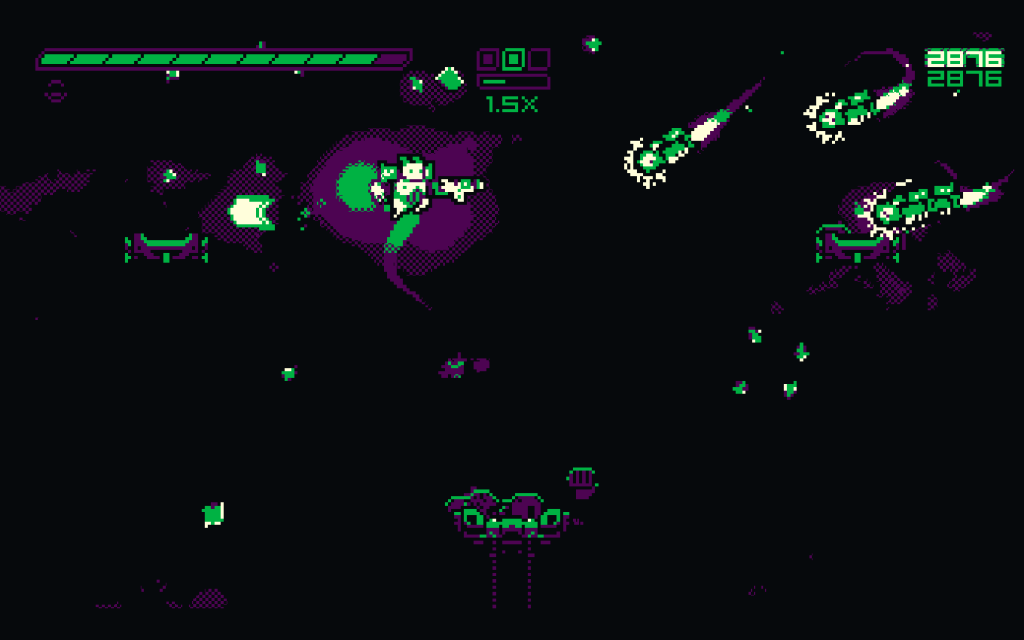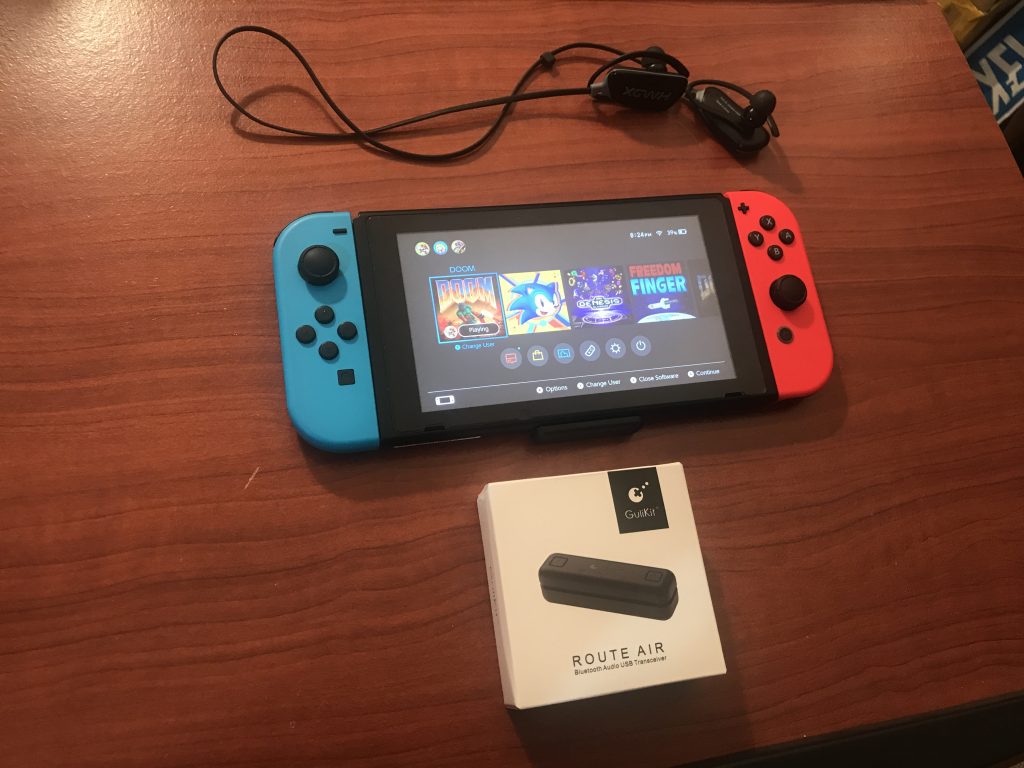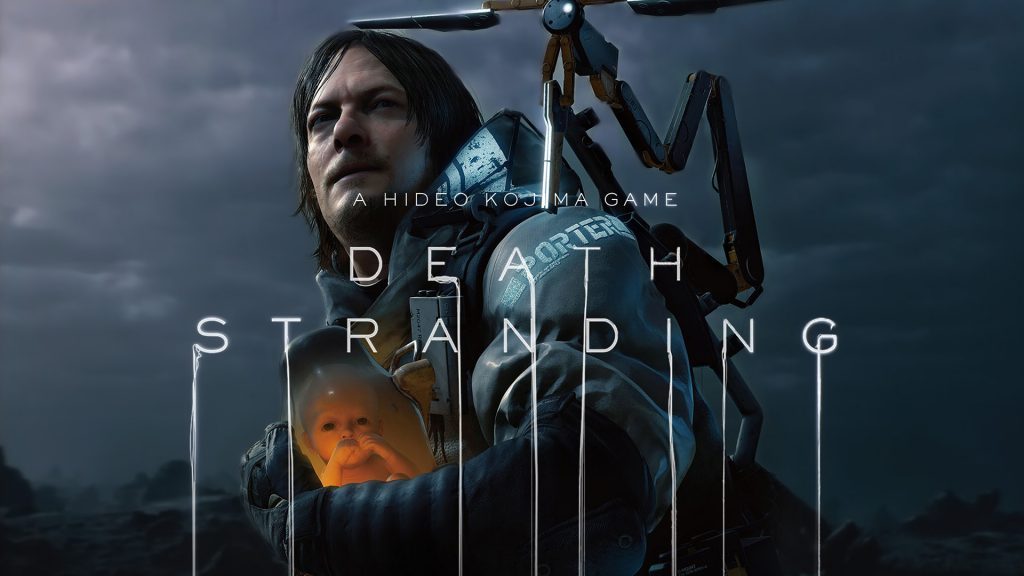When I started into my review copy of Hell Is Other Demons I was in a bad place. I had just run through several “bullet hell/repetition” games back to back. Cuphead, Odallas The Dark Call, and Dark Souls 3 all had wrecked my mojo. Typically I’d need twenty hours of wind down in something like Stardew Valley before I tackle another twitch muscle game. Thankfully Hell Is Other Demons is a unique sort of refreshing.
We’ll be discussing this game in a future podcast but for now, here’s some thoughts to whet your hunger.
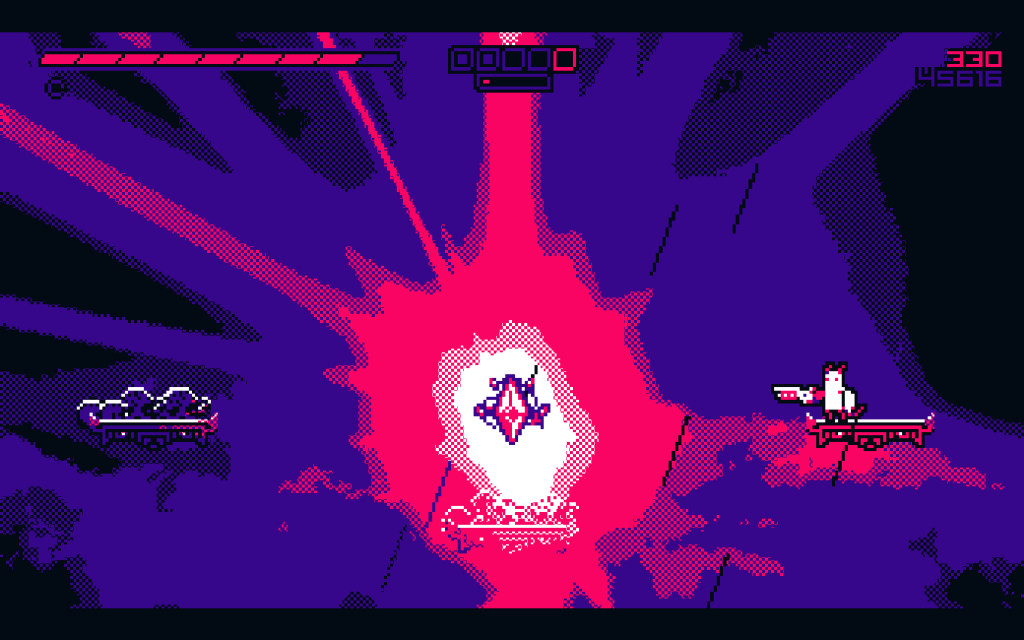
Hell is Other Demon’s, developed by Cuddle Monster Games and published by Kongregate is excellent. Depending on which site you click on you may see it described as a bullet hell, or a dance/synth wave game, or a platformer. All these descriptions fit somewhat, and like a lot of great video games it’s very easy to genre bend as you attempt to describe what you played.
The core of any repetition game is keeping the players desire to get back up and try again. The game has to simultaneously beat you down over and over and also convince the player that it’s worth it to get back up over and over. It’s a simple idea that HiOD executes flawlessly. In a kitchen metaphor HiOD might be a PB&J, but it’s easily one of the tastiest PB&Js you’ll ever try.
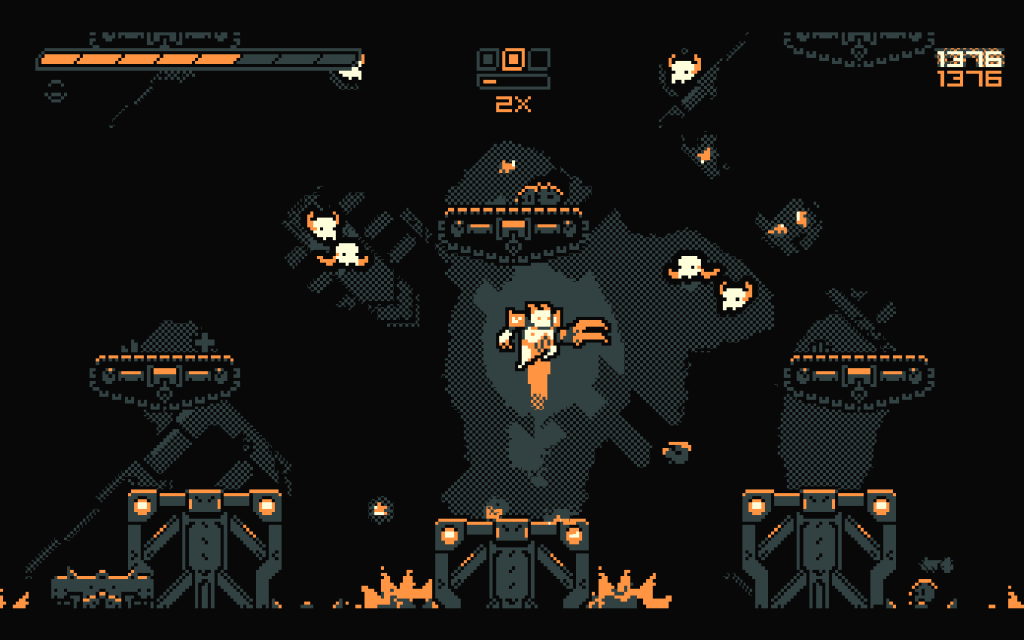
Hell is Other Demon’s accomplishes this task by simply being a world that’s fun to be in. This is the opposite effect of other “git guds” out there. My mind held onto the “this is fun” mentality much longer than I expected it to. In a game like Dark Souls I play it so I can accomplish what I need to and leave that world as soon as possible. HiOD is the opposite effect. I play because it’s a world I don’t want to leave.
The premise is fairly simple, you’re a demon who’s out to get other demons. In and around that premise are beautifully designed levels that change color scheme (and allows players to change color scheme on the pause menu), a great move-set for your character, and a soundtrack that’s a delight to any synth-wave fan. The bosses are brutal, but that hardship was softened by the progress I felt on each attempt.
As you progress you can unlock new weapons, abilities, characters, and ultimate moves. I found the in-game currency very reasonable and could usually get high-powered weapons after just a few run throughs of an area. There’s also an arcade mode which takes all the nostalgia the game is brewing and dumps it on the player so well you almost feel like you’re back at a real arcade as your nerdy friends cheer you on.
If you pick up HiOD know that you’re getting a title the creators have actual care for. Exploring their Steam page you’ll see right away how well they listen to the community and provide information on updates and other changes (which are all made free by the way).
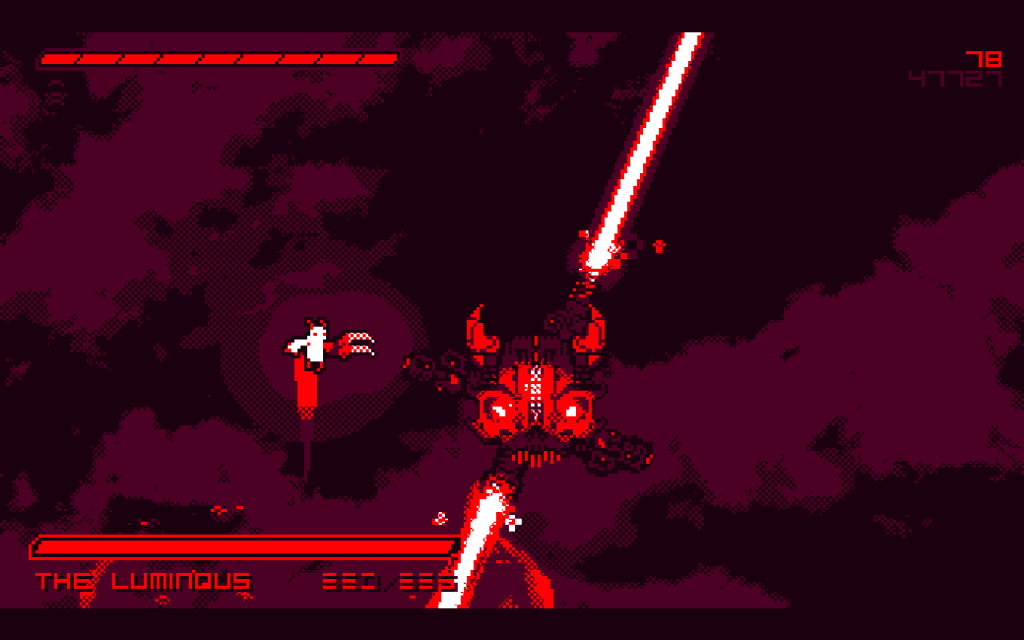
Being a fully objective fan-site I’ll try to point out a few nags I had along the way though they’re really aren’t many. For starters I’ll say that anyone playing on the Switch should make a point to re-spec the button layout scheme. I seem to say this for a lot of Switch games and it’s true for HiOD as well. With any bullet hell game I want/need my dash button to be on the face of the joy-con and not one of the bumpers. Some games don’t allow you to re-spec but this was easily changed on HiOD so it’s not a top-gripe.
One more, the final boss does have a little twist that I could see easily sending players into rage-quit status. I won’t give it away but please keep your head on a swivel during the late phase of the final boss. It’s a doozy.
Nathan is the co-host of the Splash Damage Bros. Podcast and he can’t even today.
@thenatejc @splashdamagebro
